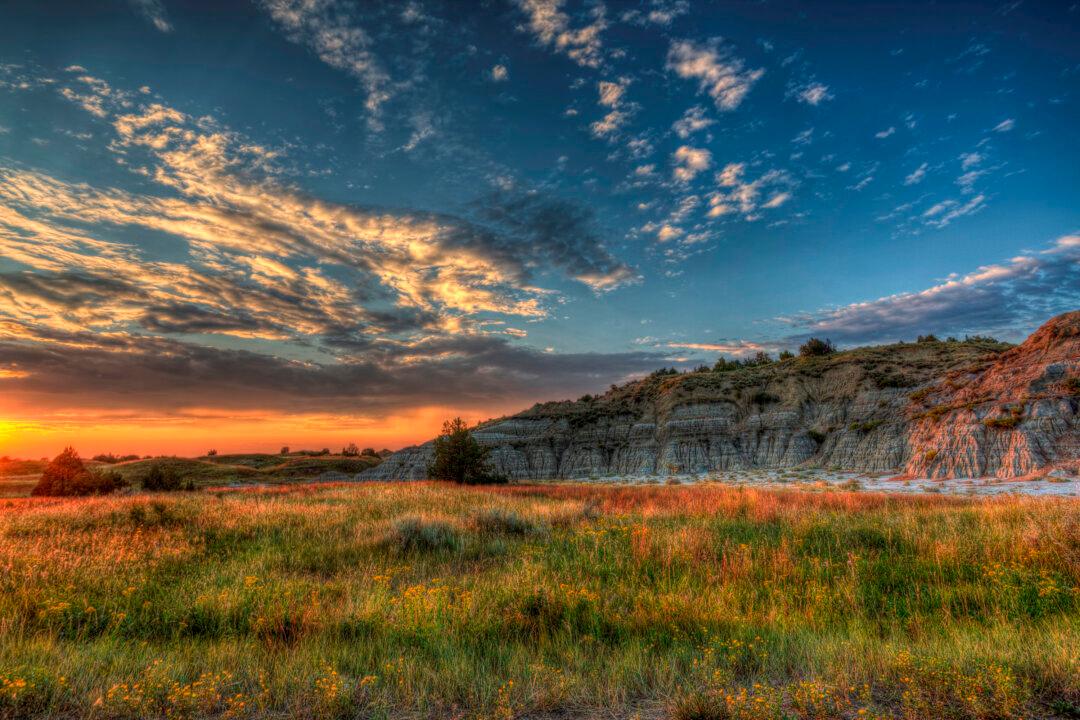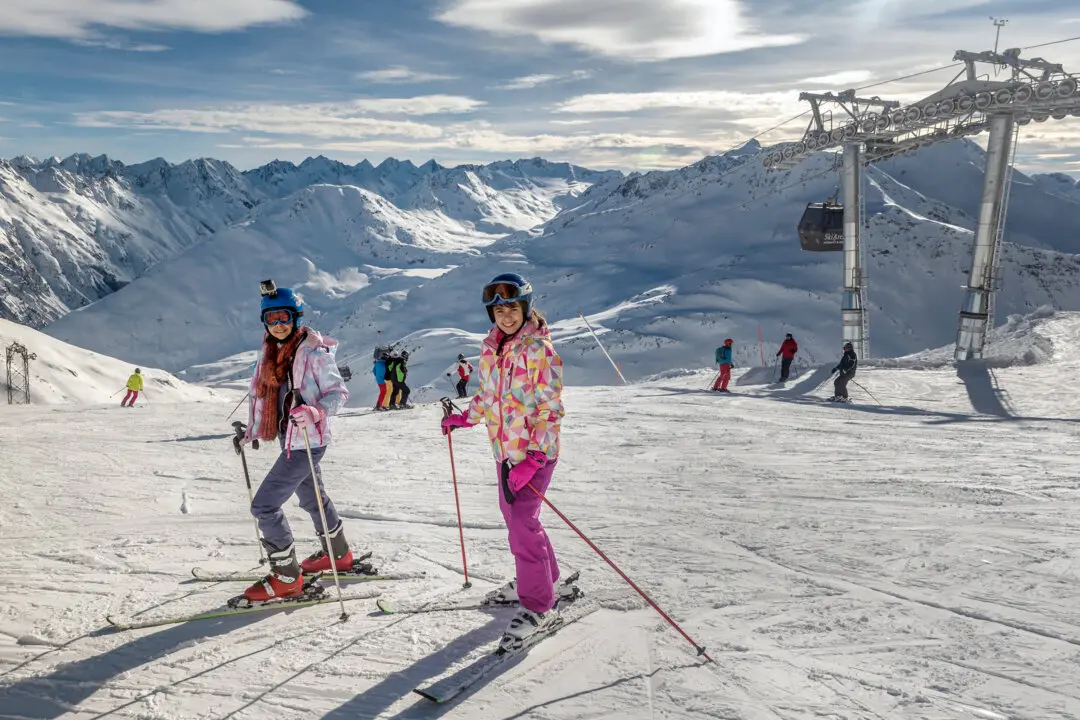By Lacey Pfalz
From TravelPulse
National parks are incredible places for discovery, although oftentimes we think about visiting only the most popular: Yosemite, Yellowstone, Glacier, and a few others. Yet the National Park Service maintains and protects hundreds of parks, national lakeshores and seashores, recreation areas, walking trails, and more, all for you to take in and enjoy.






